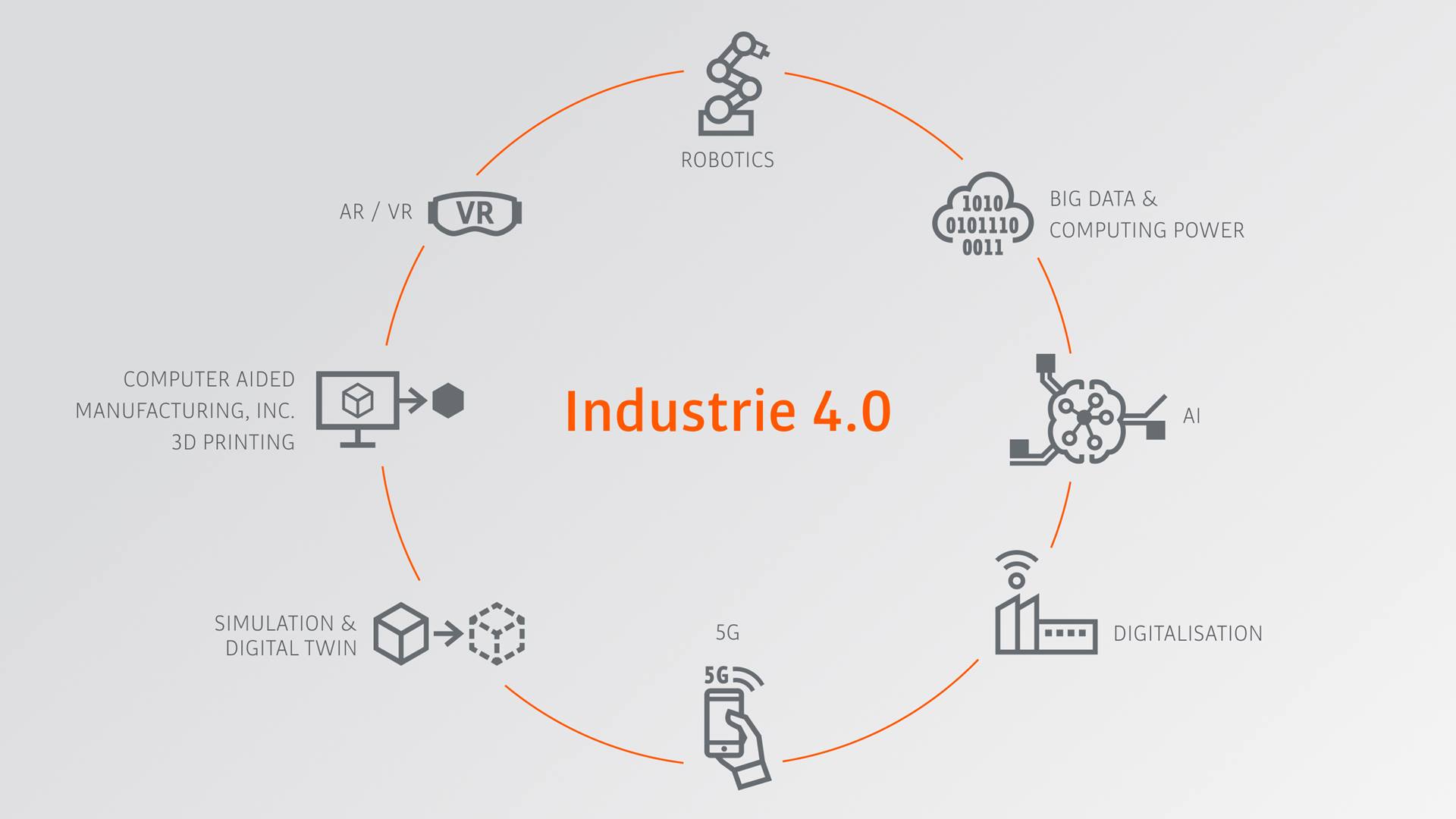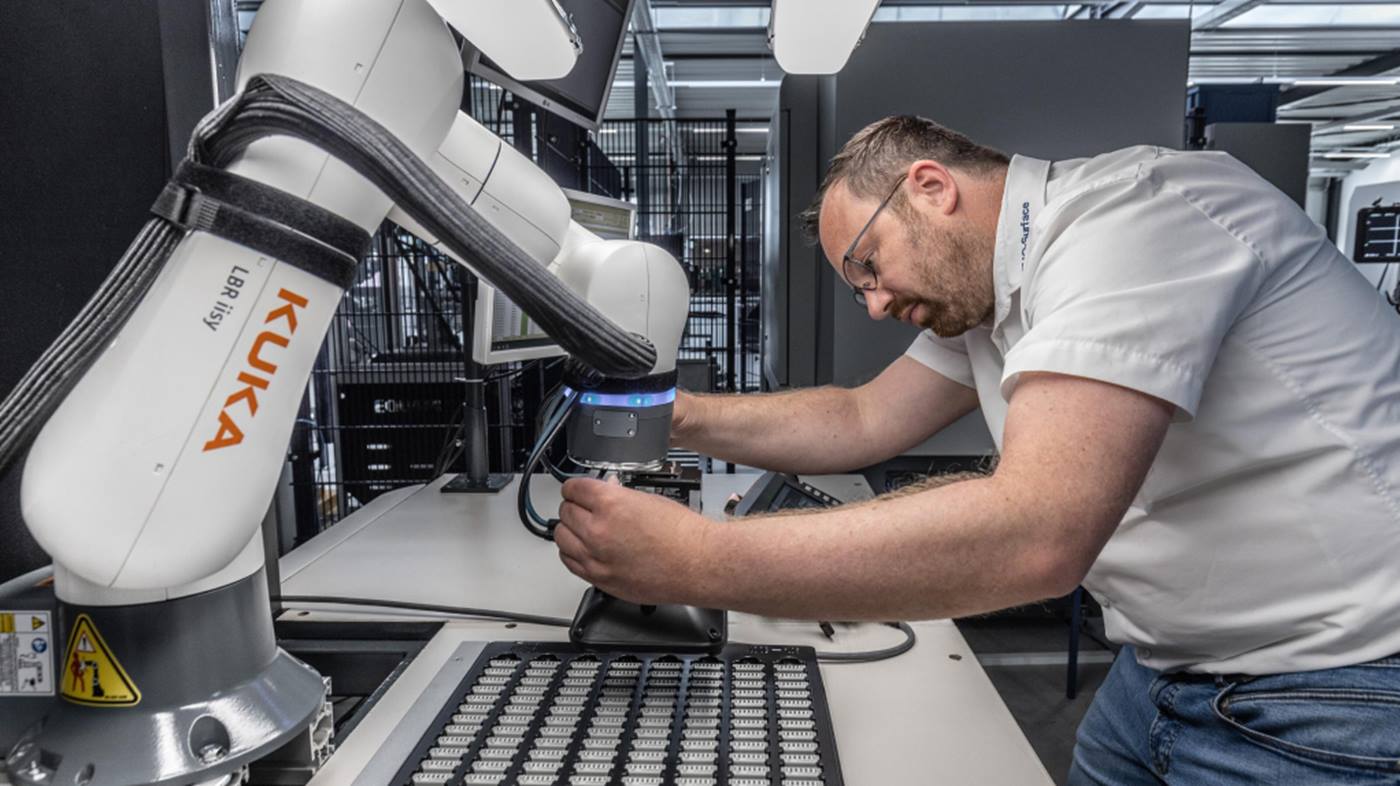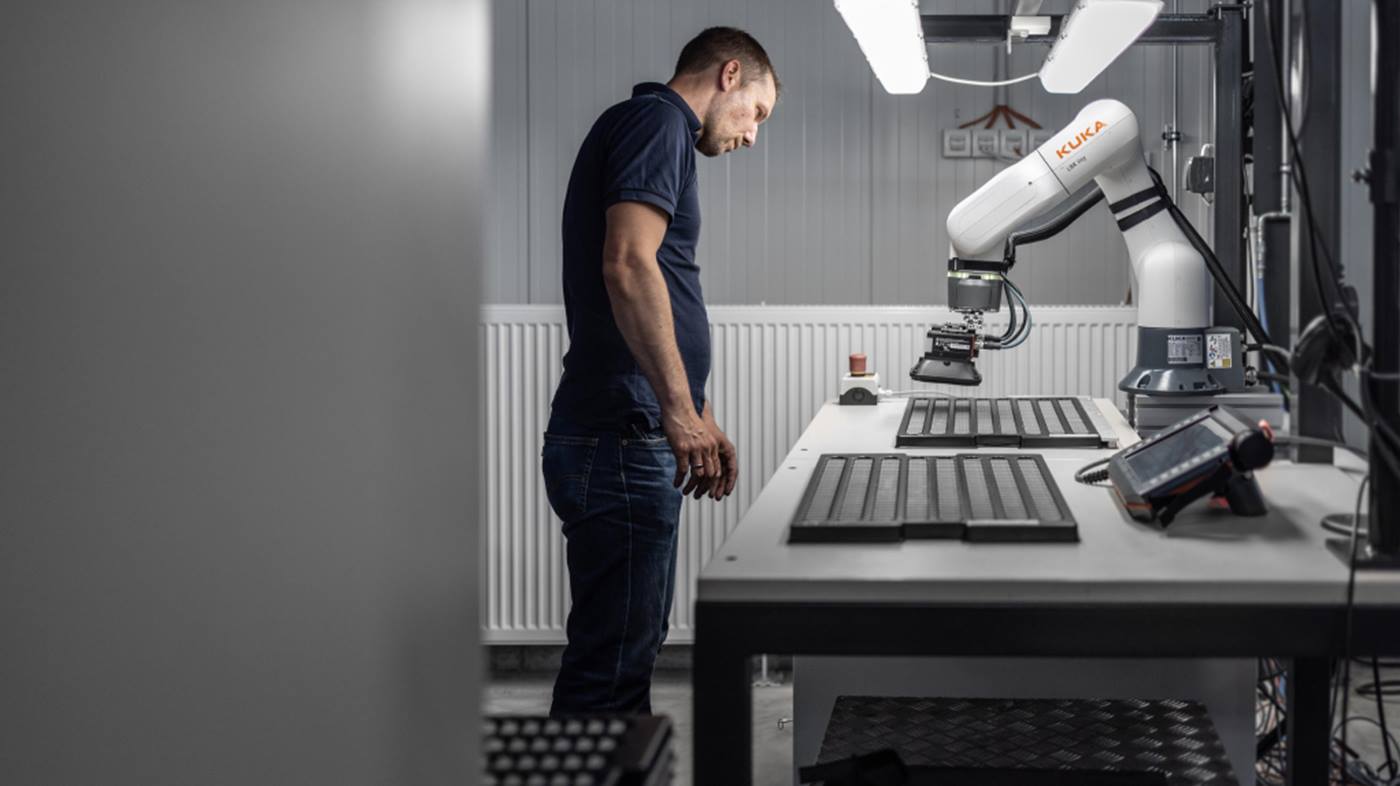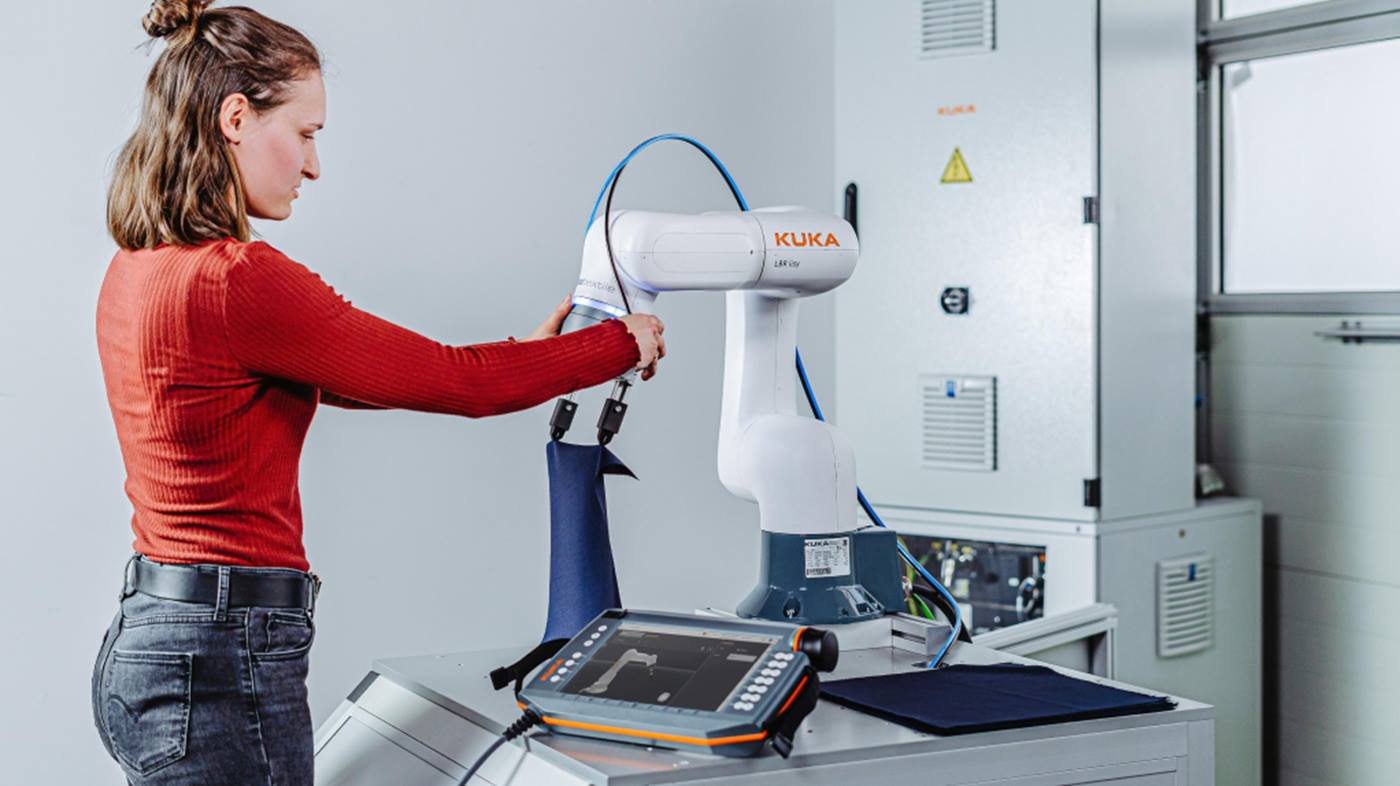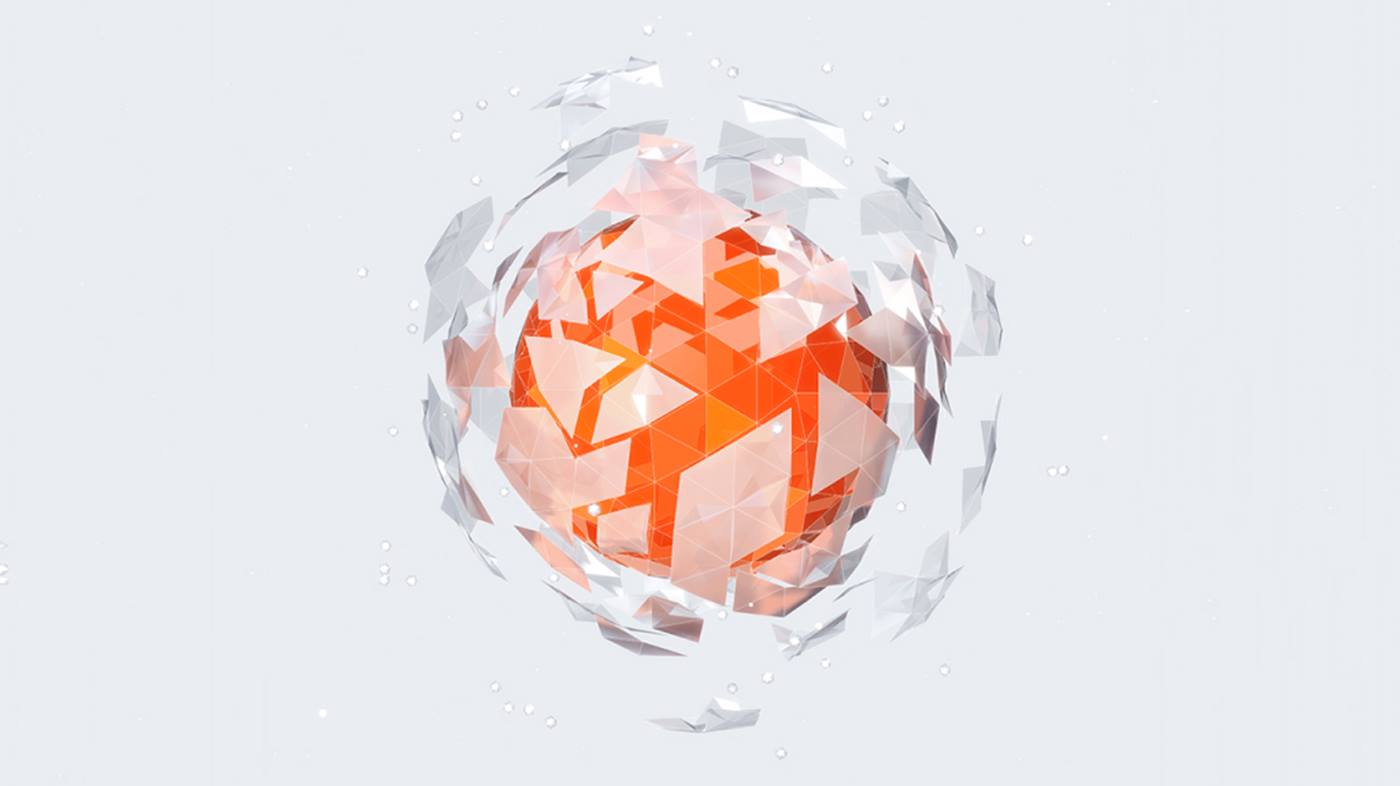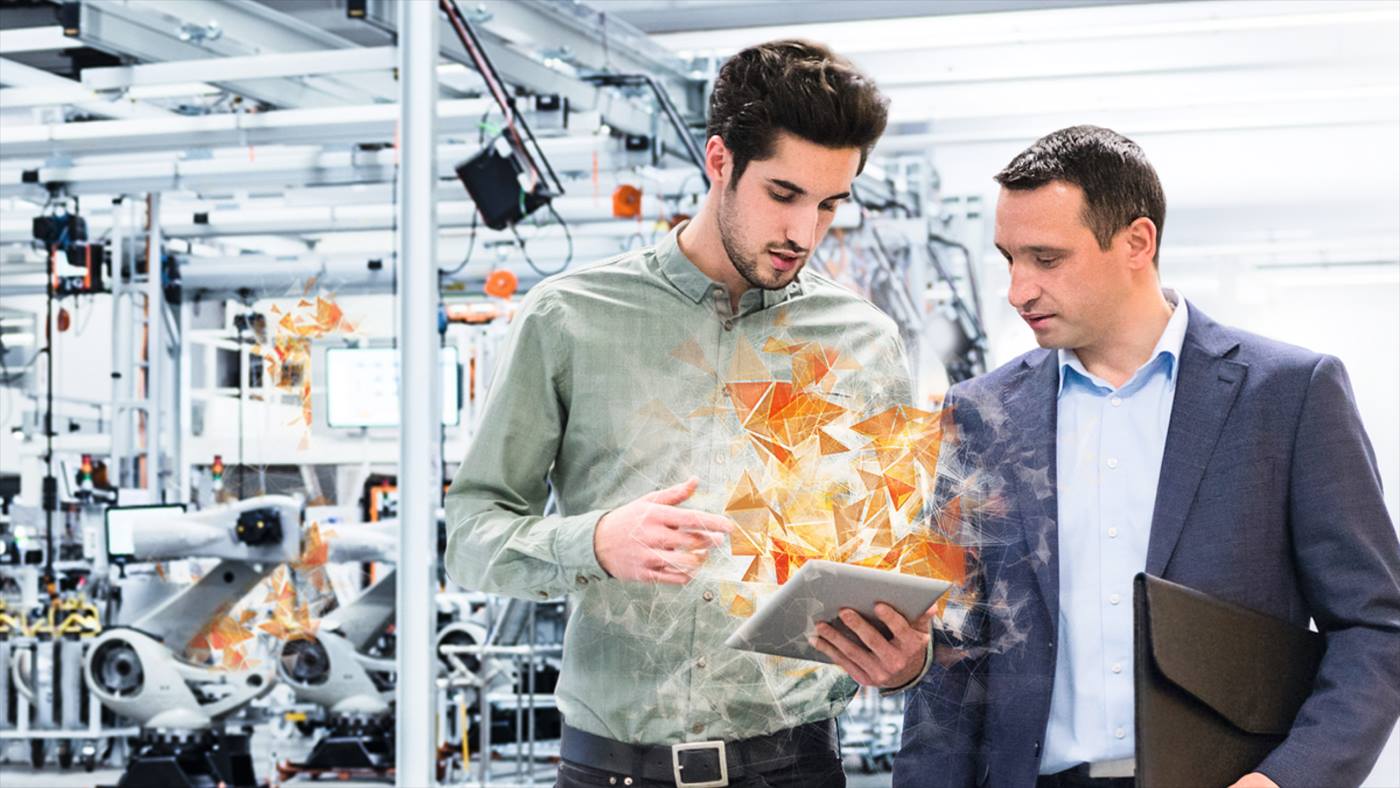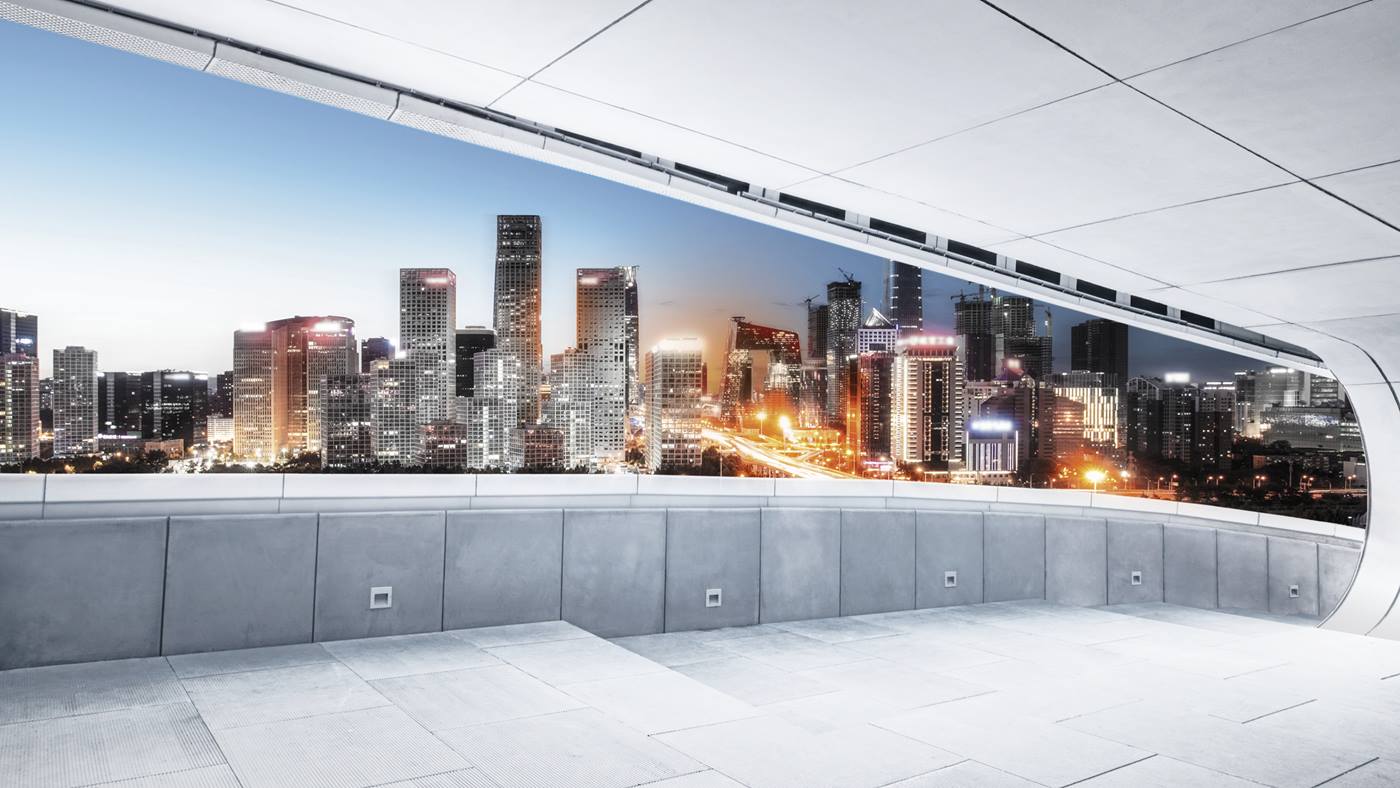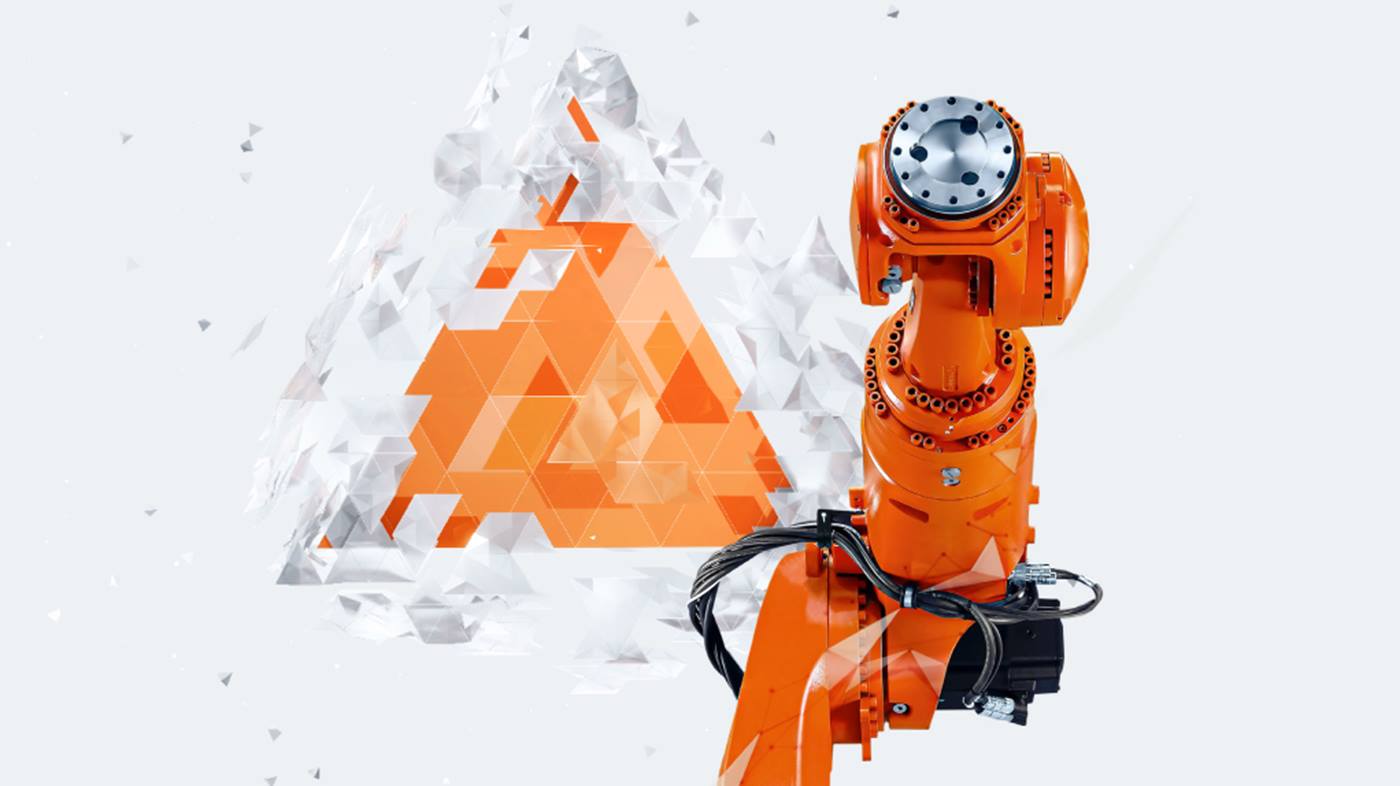What does Industrie 4.0 mean?
The Internet of Things (IoT) is revolutionizing our everyday lives, and with the Industrial Internet of Things (IIoT) the entire industrial sector. Machines and products are becoming more connected and autonomous: they exchange data and thus optimize processes. The entire ecosystem from production to sales to development, but also companies and their partners are seamlessly integrated into these processes. The entire production is comprehensively digitalized.
In one sentence: Industrie 4.0 is up and running. The smart factory, in which products are manufactured in a more flexible, energy-efficient, resource-saving, individualized and cost-effective manner, is now available.

